Millions of children live in extreme poverty around the world. Sadly, my distant Aeta students were among them.
Our progress is measured by how well we meet the needs of the impoverished rather than by whether or not we increase the abundance of the affluent.

I have witnessed firsthand the poverty my Aeta students face since I began working as a public school teacher in a mountainous part of San Marcelino.
They frequently traveled long distances to school without bringing snacks for recess. Seeing them go through such hunger and adversity at a young age as their teacher hurts me.

Sometimes, they give up on their studies, find jobs, and assist their parents in finding food. My Aeta students face academic progress and instruction challenges due to frequent absences due to poverty and hunger.
Watching them go hungry during recess breaks my heart as their teacher. I always buy biscuits to satisfy their hunger with whatever money I have. To help them concentrate on their studies, I ensure I can provide them with bread or biscuits.
We all know it is difficult to concentrate on our studies when hungry. Most of them thus need help managing and integrating the teaching and learning processes effectively.
When they are hungry, children typically lose energy and become less focused. Weariness and distraction would impact a child's behavior and social interactions. Students who are hungry or malnourished may find it difficult to focus and work hard in class, negatively impacting their academic performance.
But today, I'd like to draw your attention to one outstanding initiative that DepEd has implemented: the school-based school feeding program (SBFP).
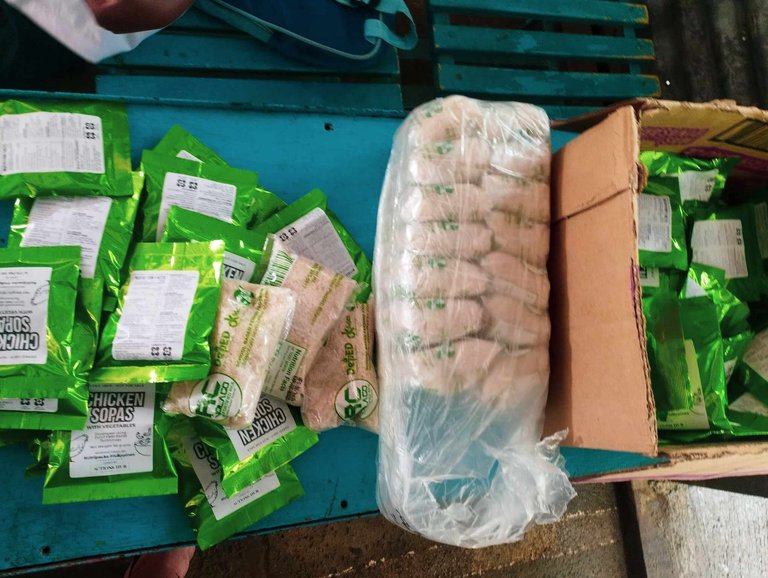
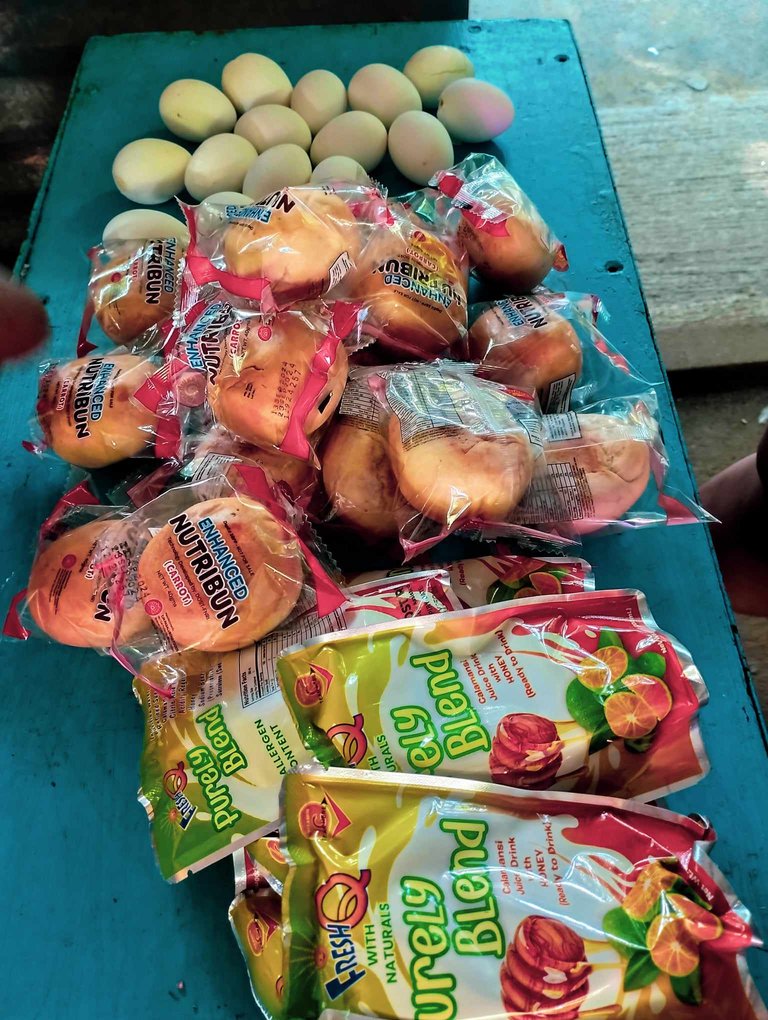
The main objective of the SBFP is to connect with students labeled as severely wasted and wasted. The program offers Hot Meals (HM) and Nutritious Food Products (NFP). Twenty days of learning camps and two hundred days of schools will make up the 220 feeding days that these will be distributed over.
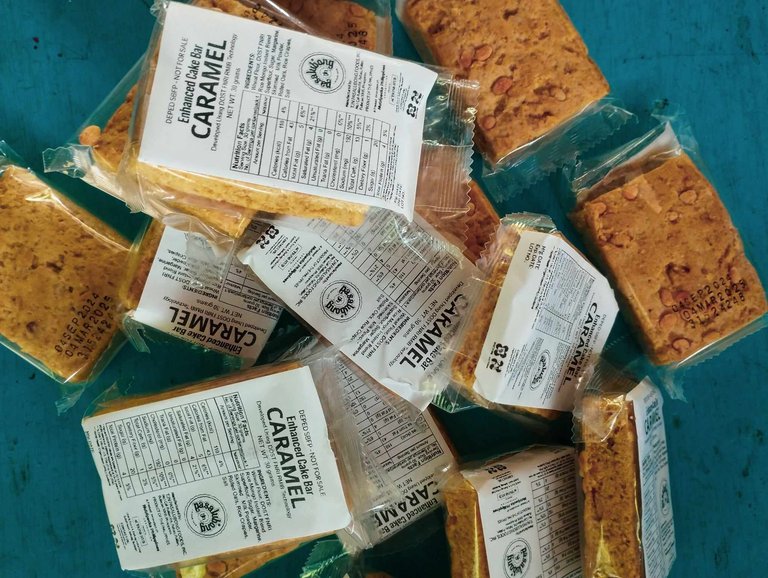
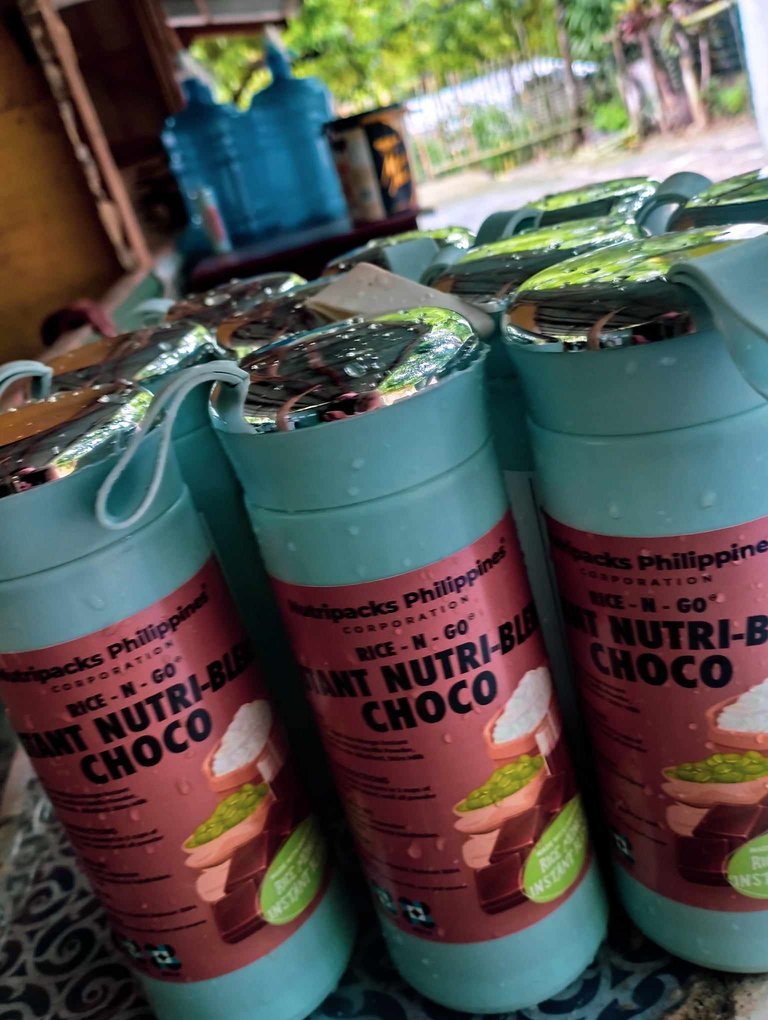
The School-Based Feeding Program (SBFP) provides milk, hot meals, and nutritious food products (NFP) to undernourished students in K–6 public schools to increase enrollment, improve attendance, support the development and growth of the students' immune systems, improve and strengthen nutritional and health values, and help improve their nutritional status. Providing meals is expected to enhance students' dietary habits, help them complete their primary education, and better prepare them for participation in and benefits from the educational process.
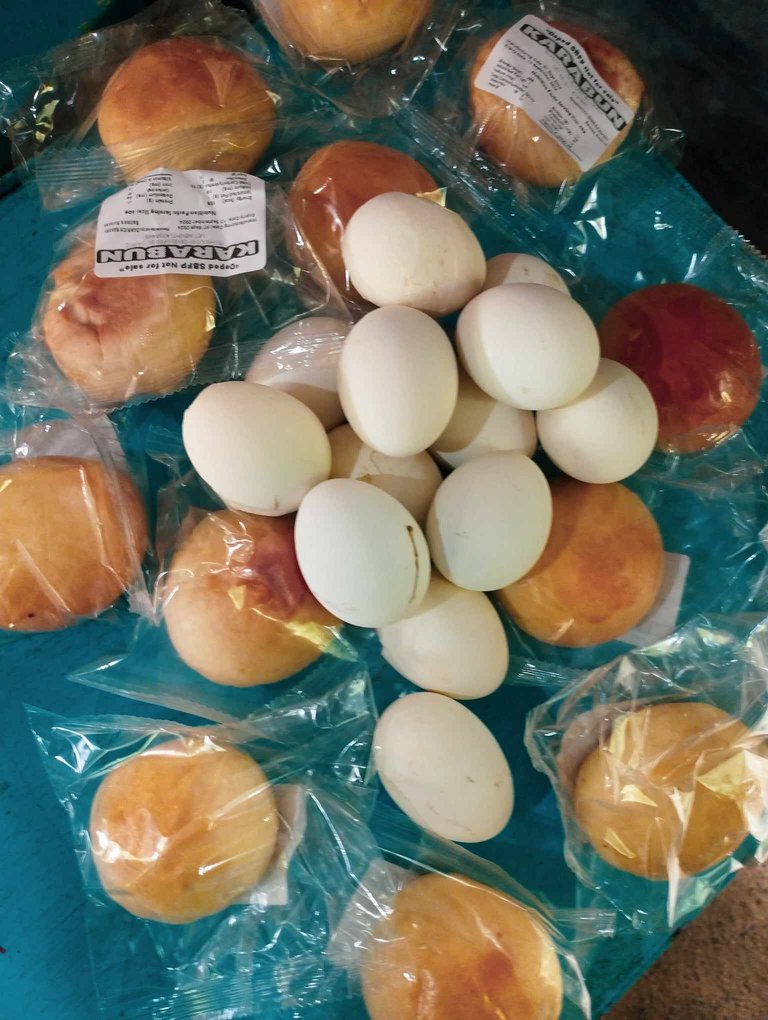
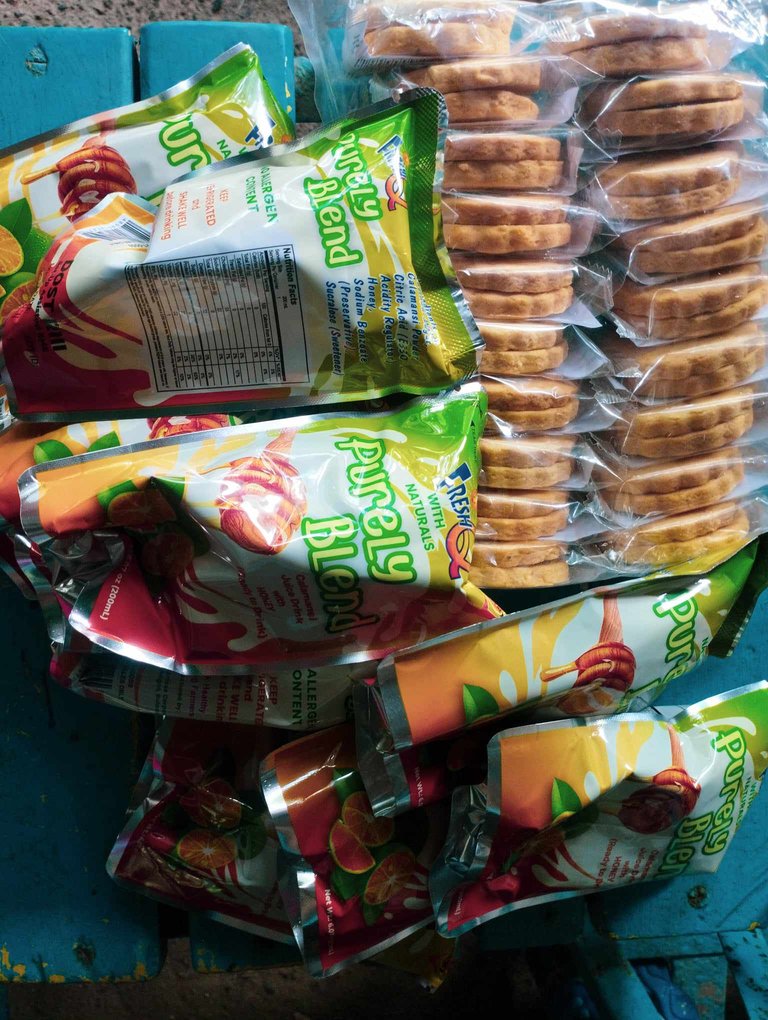
Fortunately, all our students are listed as beneficiaries of the feeding program.
This program exceeds the needs of our learners, which makes me very happy and grateful. This program will not allow our students to attend class without worrying about getting the food they need for recess.
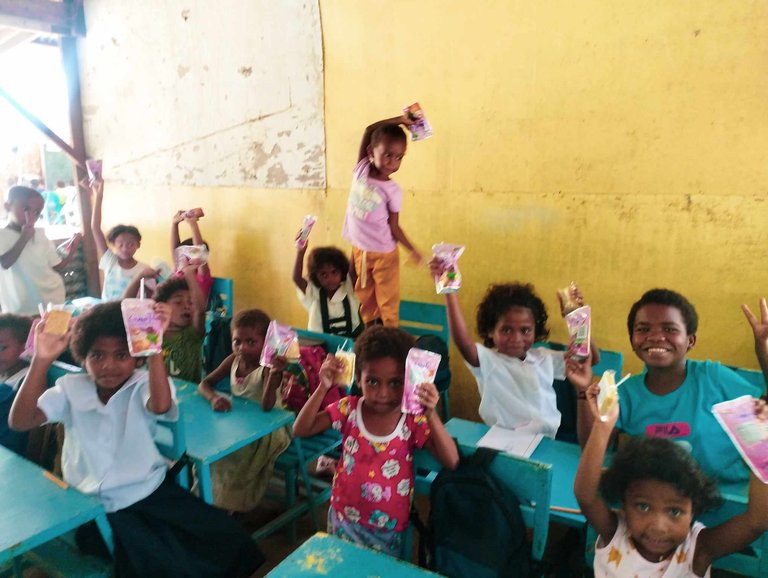
It worked well because, for the most part, all of my students were present, and I could see the benefits of this for our regular teaching and learning activities.
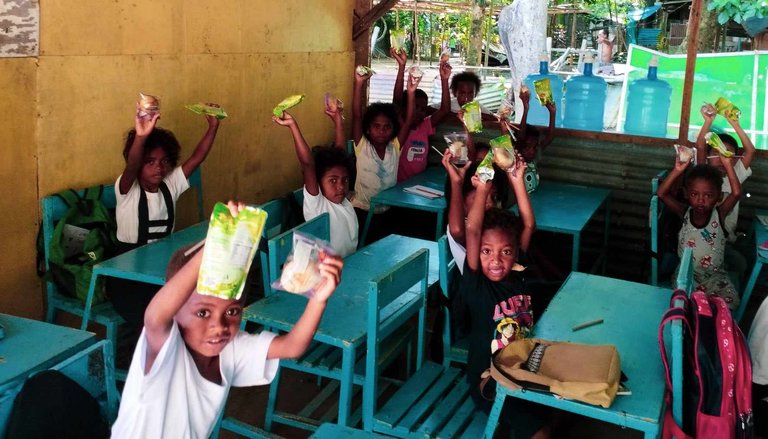
Students perform significantly better on a full stomach than on an empty one.
I can feel their happiness and excitement when they get the food and drinks during recess. In addition, I am content because I know the food will be both tasty and nourishing.
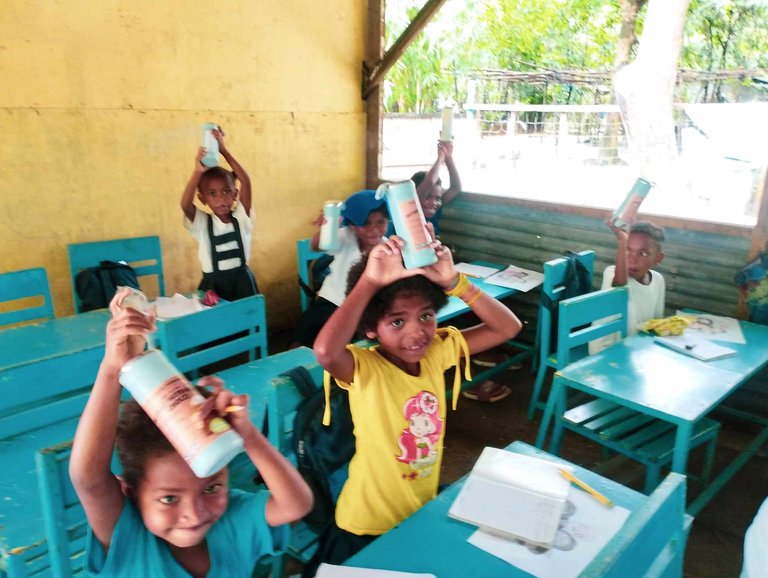
I cannot express how happy it makes me to see them smile while they eat and drink in my capacity as their teacher.
Their bellies were full, and my heart was bursting with happiness.




